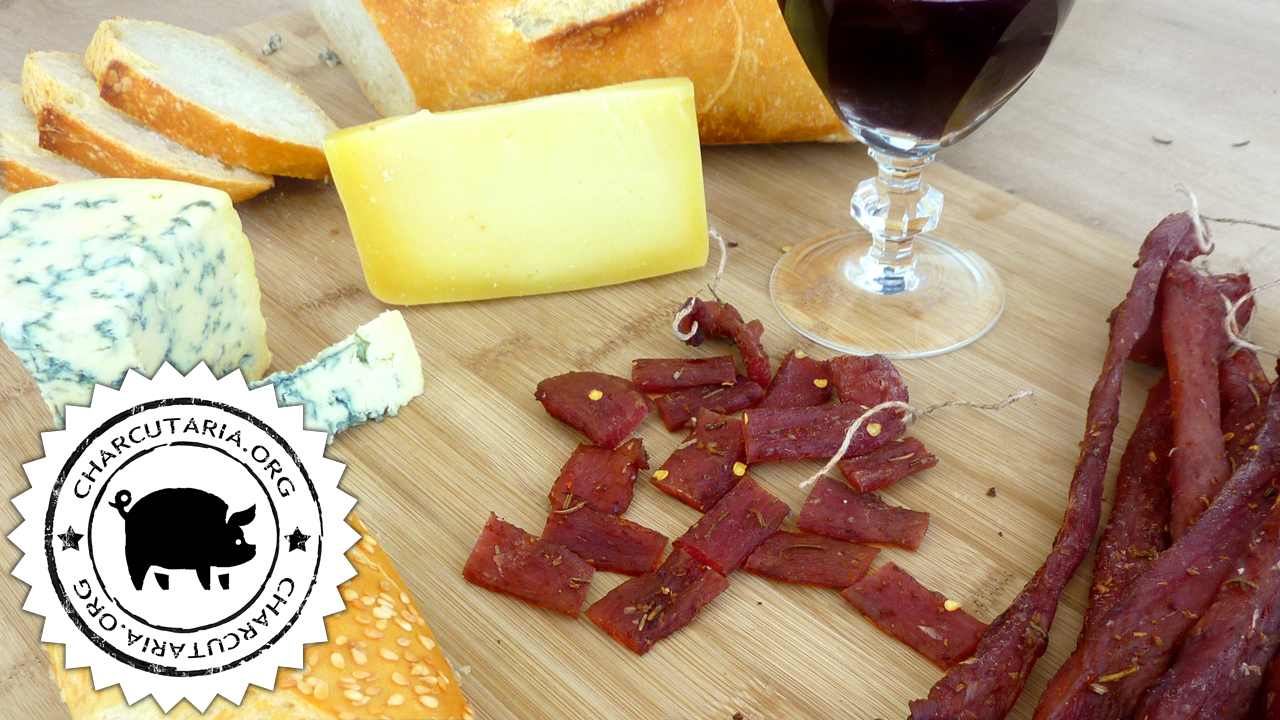
The name Coppiette comes from the form of preparation that is originally made with two thin and long slices of meat, which are hung in strips tied with a string in “doubles”, “pairs” or “couples”. Romane designates the region in which this type of preparation originated.
This technique was designed to preserve the meat for as long as possible, especially during winter. In the past, the meat of old horses or those slaughtered in battles was used. Their meat was cut into strips and dried near the fires. It was a way to preserve meat in times of scarcity or to survive long battles. A Coppiette Romane, in Rome, it was traditionally consumed in “taverns”. It was also sold on the streets by vendors known as “coppiettari” who advertised “copiette!”
Currently, there are few producers who still use horse meat, as pig and cattle production is much more extensive and consumers currently appreciate the meat of these animals more.
A Coppiette Romane or Italian Roman jerky – is generally produced with lean meats. Fat tends to oxidize over time and rancidity hinders the durability of fatty meats.
Ingredients
- Pork loin – 880g;
- salt – 17g – 2%;
- type 1 curing salt (6.25% of nitrite and 93.75% of salt) – 2g – 0.25% – helps with protection and coloring;
- antioxidant (with sodium erythorbate) – 2g – 0.25% – works together with the curing salt;
- granulated garlic – 4g – 0.5%;
- onion flakes – 4g – 0.5%
- Calabrian pepper – 2g – 0.25%;
- rosemary – 1g – 0.1% or to taste;
- turmeric – 1g – 0.1% – helps with coloring and is a natural antioxidant;
- red wine – 80ml – Adds taste and helps protect.
Preparation of Coppiette Romane – Italian Roman Dried Beef
1) Give preference to lean meats, with very little or no fat, such as pork loin. Clean well and cut into long, thin fillets. The thinner they are, the faster they will dry.
2) Season with the recipe ingredients, mix well and leave in the fridge for at least 24 hours. The ideal is 48 hours.
3) Tie the strips in pairs (coppettes) and hang in a dry and ventilated place. They can be left in the sun, protected from insects, near a fire, bonfire, fireplace or in an oven set at a low temperature, around 45ºC. Smoking is optional. There is no single rule, the important thing is that the product loses weight to gain protection and durability.
4) Let them dry until they lose 60% their weight or feel dry to the touch. This process is usually completed within 2 or 3 days.
5) If the weather is humid, as it was in my case, use an oven, leave the temperature at minimum, with the door half open if there is no temperature control in the oven. The oven must have a temperature of up to 50ºC. In my case, which is a combined oven with integrated ventilation and temperature control, it was left for 6 hours at approximately 45ºC.
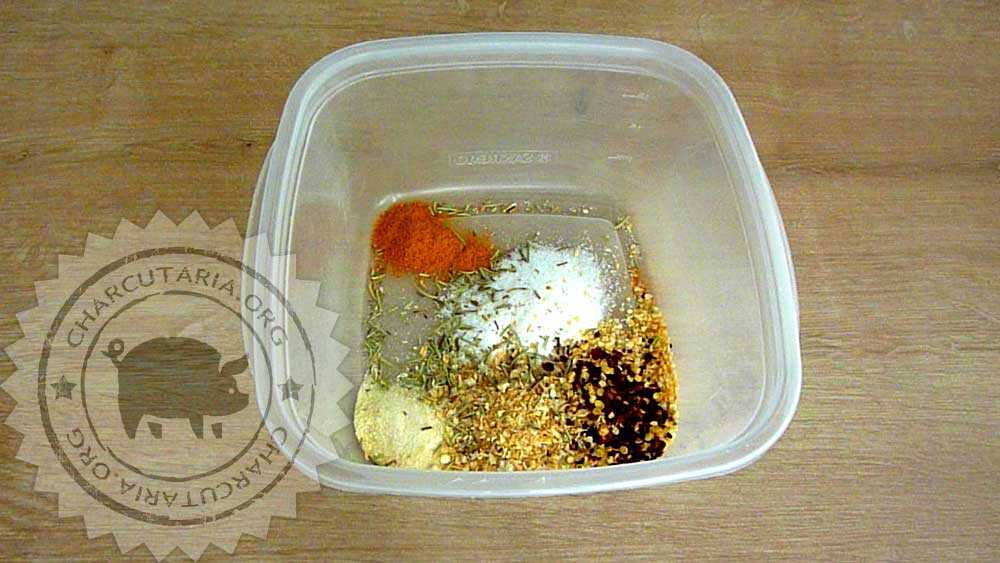
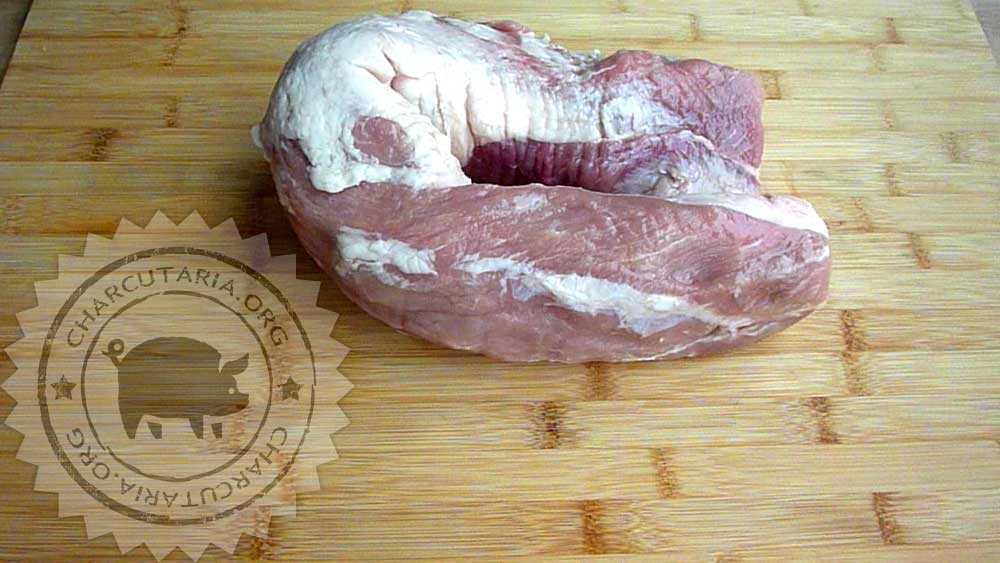
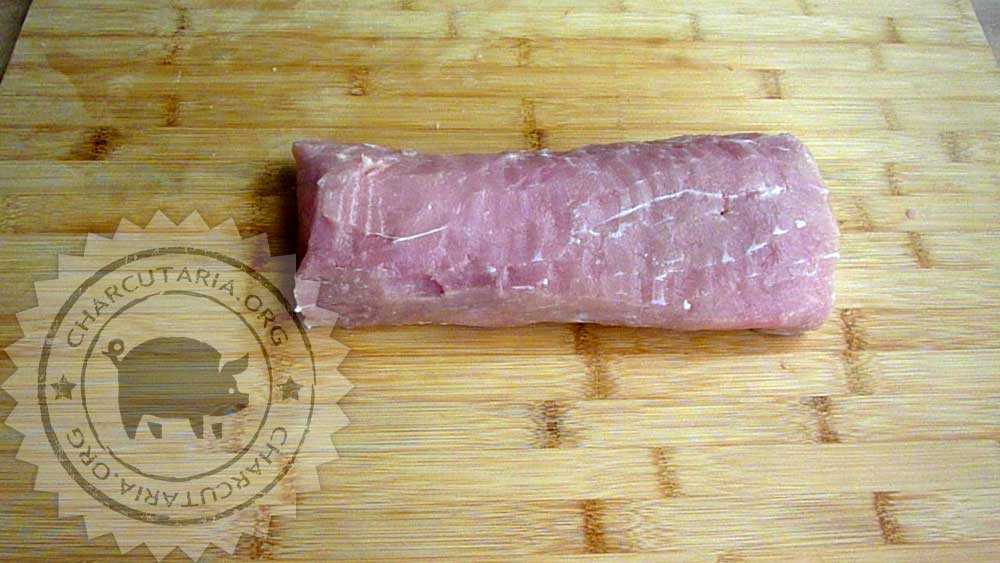
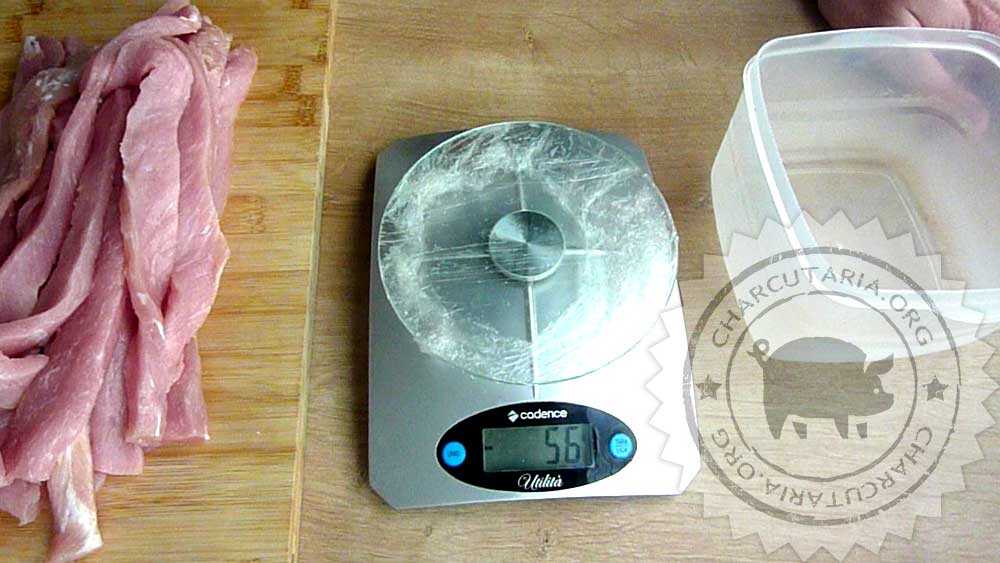




-
 Curing salt 1R$ 8,00
Curing salt 1R$ 8,00 -
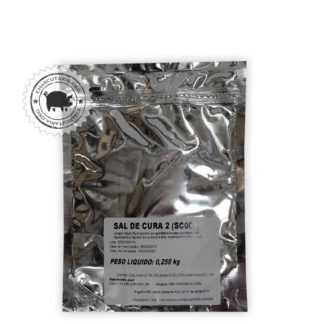 Curing salt 2R$ 8,00
Curing salt 2R$ 8,00 -
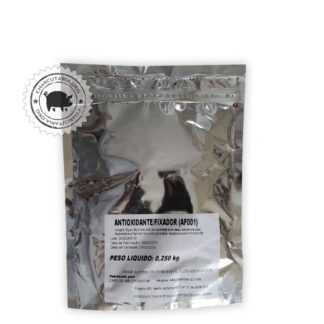 Fixative AntioxidantR$ 23,00
Fixative AntioxidantR$ 23,00 -
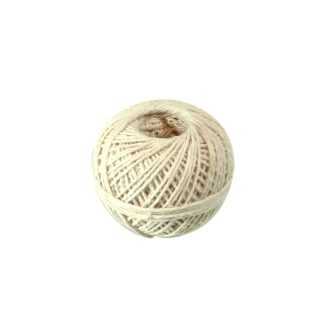 Culinary twineR$ 7,90
Culinary twineR$ 7,90 -
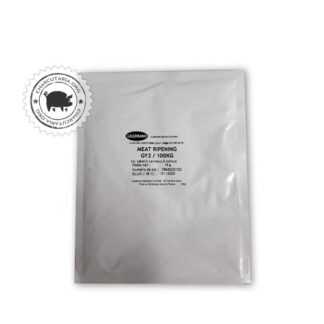 Starter CultureR$ 69,90
Starter CultureR$ 69,90 -
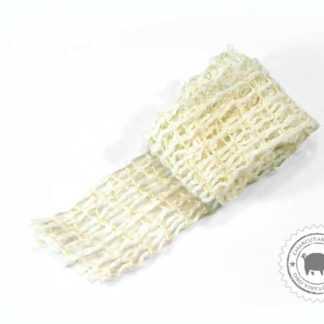 Culinary elastic net 50mmR$ 15,00
Culinary elastic net 50mmR$ 15,00 -
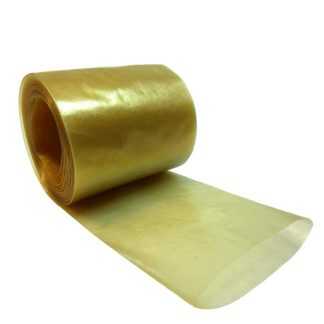 Collagen casing 45mm roll 5 meters salamiR$ 25,00
Collagen casing 45mm roll 5 meters salamiR$ 25,00 -
 Culinary elastic net 65mmR$ 18,00
Culinary elastic net 65mmR$ 18,00 -
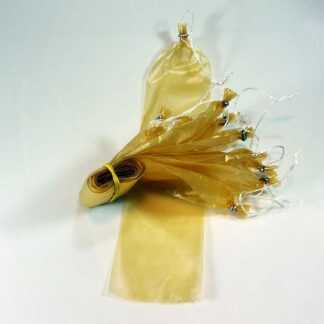 Salami collagen casing 45mm 10 units tiedR$ 22,00
Salami collagen casing 45mm 10 units tiedR$ 22,00 -
 Collagen casing 80mm cup and salamiR$ 29,90
Collagen casing 80mm cup and salamiR$ 29,90 -
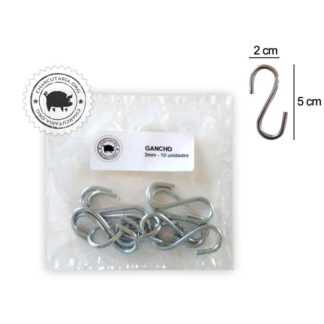 Galvanized HookR$ 12,00
Galvanized HookR$ 12,00 -
 Natural pork casing for sausageR$ 52,00
Natural pork casing for sausageR$ 52,00

Can I use curing salt 2 and let it mature? What happens to curing salt 2?
Yes, you can use type 2 curing salt. The difference is that type 2 curing salt has a slower, longer action, recommended for products that undergo longer maturation, 15 days or more.
I would like to see how Carne de Sol and jerky are prepared. These include traditional and mature methods.
Great recipe!! Full of tradition and history!! I learned a little more today from you dear Edu!! Thank you very much !! 👏🏻👍🏻
Hi Pedro, I'm glad you liked it! I always try to bring different things because charcuterie is an art that tells a little about the survival of humanity, almost all products have a story! A big hug!